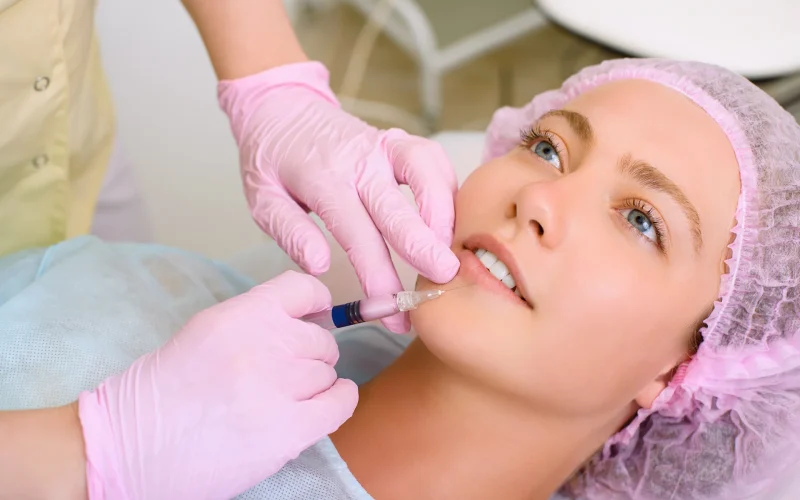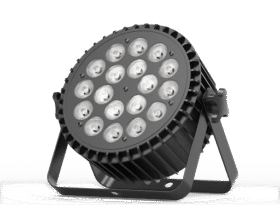Dermal fillers have transformed the beauty industry, offering a non-surgical solution for those seeking a youthful appearance. The treatments have become popular for their ability to provide immediate and natural-looking results without plastic surgery. Many individuals opt for dermal filler injections to address facial wrinkles, restore volume, and enhance their overall look. The convenience and effectiveness of these procedures have made them a go-to choice for those looking to rejuvenate their appearance.
What Are Dermal Fillers?
Dermal fillers are gel-like substances injected beneath the skin. The fillers add volume, smooth lines, and enhance facial contours. Commonly used types include hyaluronic acid fillers, collagen fillers, and calcium hydroxyapatite.
Addressing Facial Wrinkles and Volume Loss
Injectable dermal fillers are a highly effective method to combat the signs of aging. They work by filling in wrinkles and adding volume to areas that have lost their youthful plumpness. Facial wrinkles, such as frown lines and smile lines, will be significantly reduced with a dermal filler treatment.
The immediate results make it an attractive option for those wanting quick and noticeable improvements. The treatments also help restore volume in areas like the cheeks and lips, giving a more youthful and refreshed appearance.
Enhancing Facial Contours and Features
Dermal fillers do more than just smooth out wrinkles; they will also enhance facial contours and features. Many individuals inject dermal fillers to sculpt and define areas such as the jawline, chin, and cheeks.
Hyaluronic acid fillers are particularly popular for their ability to provide a natural and subtle enhancement. Whether it’s adding definition to the cheekbones or achieving fuller lips, soft tissue augmentation with dermal fillers offers a versatile solution for various aesthetic goals.
Benefits of Dermal Fillers
Restores Facial Volume – Aging leads to loss of facial fat and volume. Dermal fillers help restore this lost volume, providing a more youthful appearance.
Reduces Wrinkles and Lines – Fillers smooth out wrinkles and folds, including deep wrinkles and frown lines. Nasolabial folds and marionette lines benefit significantly from these treatments.
Enhances Facial Contours – Fillers will sculpt and enhance facial features. Lip augmentation and cheek enhancements are popular procedures.
Types of Dermal Fillers
Hyaluronic Acid Fillers – Hyaluronic acid is a naturally occurring substance in the skin. HA fillers, such as Juvederm and Restylane, hydrate and add volume. The fillers are popular for their natural-looking results.
Calcium Hydroxylapatite – Radiesse, a filler containing calcium hydroxylapatite, provides immediate volume and stimulates collagen production. It is often used for deeper wrinkles and folds.
Poly-L-Lactic Acid – Sculptra, a poly-L-lactic acid (PLLA) filler, gradually replaces lost collagen. It’s ideal for those seeking gradual, long-lasting results.
Collagen Fillers – Collagen fillers, including bovine collagen, were among the first injectable fillers. They add volume and smooth wrinkles.
The Dermal Filler Procedure
A typical dermal filler procedure is straightforward. It begins with a consultation with a cosmetic surgeon. The injection site is cleaned, and a numbing agent may be applied. Fillers are then injected into the targeted areas.
What to Expect Post-Treatment
After the initial treatment, expect some swelling and bruising at the injection site. Most people resume normal activities immediately. Results are visible almost instantly, with full effects in about two weeks.
Common Uses for Dermal Fillers
Acne Scars – Fillers will improve the appearance of acne scars by adding volume to depressed areas.
Tear Troughs – Injecting fillers into tear troughs may reduce under-eye hollows and dark circles.
Lip Augmentation — Enhancing lip volume and shape is a common use for dermal fillers.
Facial Lines and Wrinkles – Fillers effectively smooth out facial lines and wrinkles, offering a youthful look.
Potential Complications
While generally safe, dermal fillers may cause complications. Common issues include swelling, bruising, and redness. More severe complications, like tissue death and blood vessel blockage, are rare but possible. It’s crucial to choose a qualified practitioner to minimize risks.
The Takeaway
Dermal fillers provide an accessible, non-surgical method for a youthful, refreshed appearance. The soft tissue fillers effectively address moderate to severe facial wrinkles, restore volume, and enhance facial contours.
Choosing the right type of filler and an experienced practitioner is key to successful dermal filler procedures. While complications are rare, understanding dermal filler treatments’ potential risks and benefits ensures informed decisions and optimal results.
Frequently Asked Questions
How long do dermal fillers last?
Hyaluronic acid fillers typically last six to twelve months, while other dermal filler products may last up to two years.
What is a dermal filler?
A dermal filler is an injectable substance to restore volume, smooth wrinkles, and enhance facial features.
What are the risks of dermal fillers?
Dermal filler complications may include swelling, bruising, redness, and in rare cases, tissue death or blood vessel blockage.
What is better: Botox or dermal fillers?
Botox is best for reducing fine lines and wrinkles caused by muscle movement, while dermal fillers are better for adding volume and treating static wrinkles.
Are Dermal Fillers Safe?
Dermal fillers are considered safe when performed by a trained professional. FDA-approved fillers undergo rigorous testing to ensure their safety and efficacy.
Can Fillers Be Removed?
Hyaluronic acid fillers may be dissolved with hyaluronidase if needed. Other fillers are more challenging to remove and may require surgical intervention.
What Is the Cost of Dermal Fillers?
Costs vary based on the type of filler and the area treated. Prices typically range from $500 to $2,000 per syringe.













Leave a Reply